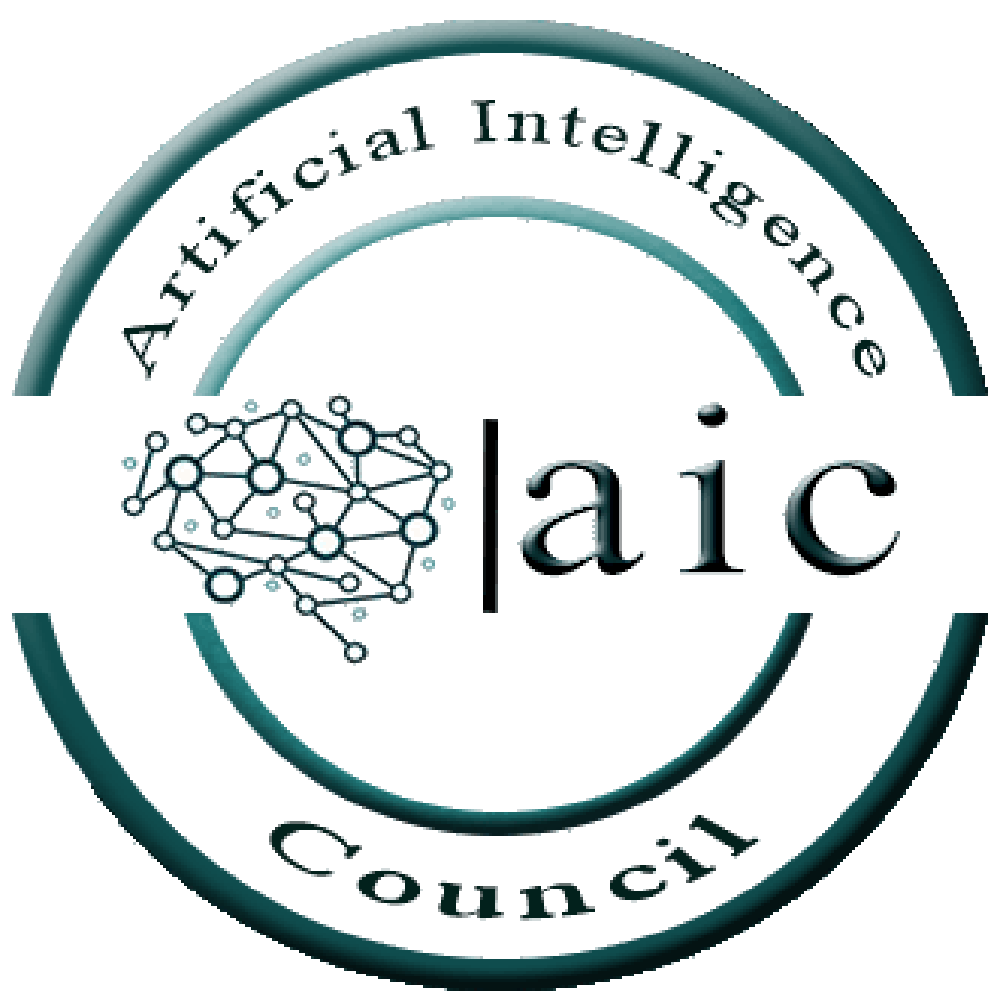The Top 5 Programming Languages for Data Science and Machine Learning
Data science and machine learning have become crucial fields in today’s digital era. They rely heavily on programming languages to manipulate, analyze, and visualize data, as well as build predictive models. In this blog, we’ll explore the most popular programming languages used for data science and machine learning.
- Python – Python is undoubtedly the most widely used programming language in the data science and machine learning community. It is a high-level, general-purpose programming language with an easy-to-learn syntax that allows for quick and efficient prototyping. Python has numerous data science and machine learning libraries, including NumPy, Pandas, SciPy, Scikit-learn, Keras, TensorFlow, and PyTorch, to name a few. Its versatility, ease of use, and active community make it the go-to language for data science and machine learning.
- R – R is another popular programming language used in data science and machine learning. It is a powerful open-source language that provides a comprehensive set of statistical and graphical techniques for data analysis. R has numerous packages and libraries, including dplyr, ggplot2, tidyr, caret, and mlr, to name a few. R’s syntax is more difficult than Python’s, but its focus on statistics and visualization makes it a popular choice for researchers and statisticians.
- SQL – Structured Query Language (SQL) is a domain-specific language used for managing relational databases. SQL is a standard language for working with data, and its knowledge is essential for data analysts and scientists. It’s primarily used for querying and manipulating data stored in databases and is particularly useful for working with large datasets. SQL is not a general-purpose programming language but is a powerful tool for managing and analyzing data.
- Julia – Julia is a relatively new programming language designed for numerical and scientific computing. It is a high-level, high-performance language that has been gaining popularity in the data science and machine learning community. Julia has a syntax similar to Python, but its speed is comparable to C and Fortran. It has numerous packages and libraries, including Flux.jl, MLJ.jl, and ScikitLearn.jl, to name a few.
- MATLAB – MATLAB is a programming language specifically designed for numerical computing and scientific research. It has an easy-to-use syntax that makes it ideal for data analysis and visualization. MATLAB has a wide range of toolboxes and libraries, including the Statistics and Machine Learning Toolbox, the Deep Learning Toolbox, and the Image Processing Toolbox.
In conclusion, Python, R, SQL, Julia, and MATLAB are the most widely used programming languages for data science and machine learning. Each language has its strengths and weaknesses, but they all provide powerful tools and libraries for data analysis, visualization, and modeling. Choosing the right language for a specific project depends on several factors, including the complexity of the task, the size of the data, and personal preference.

